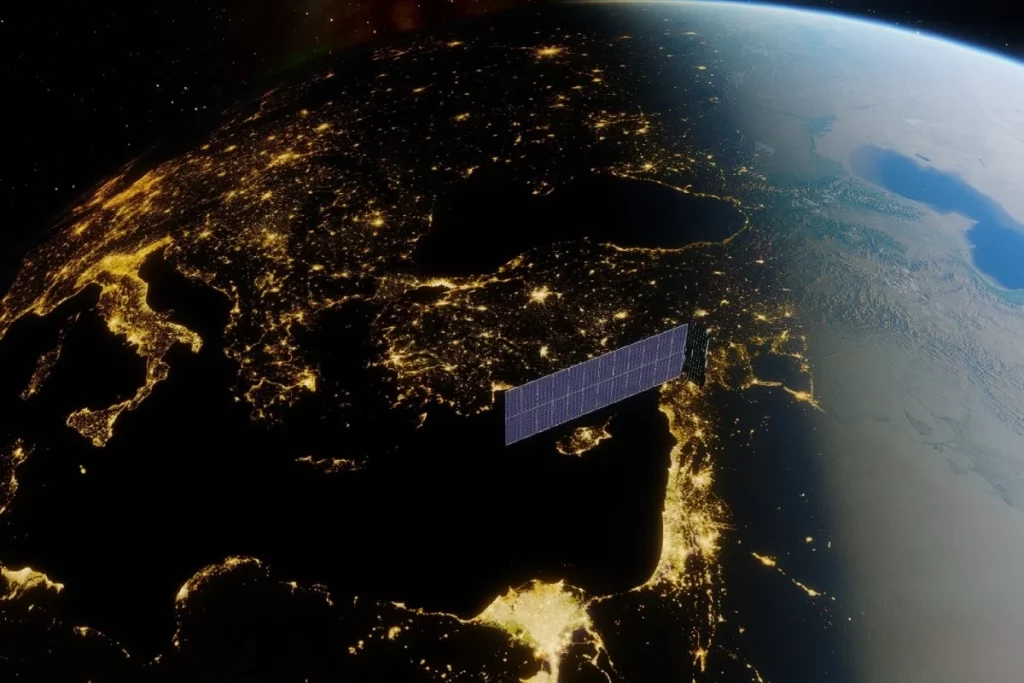China accelerates space race with G60 mega satellite
- December 29, 2023
- 0
China has stepped up its efforts in the space technology sector, opening a new page in the global race for satellite Internet services. This development comes as China’s
China has stepped up its efforts in the space technology sector, opening a new page in the global race for satellite Internet services. This development comes as China’s

China has stepped up its efforts in the space technology sector, opening a new page in the global race for satellite Internet services. This development comes as China’s G60 megasatellite initiative in Shanghai goes into production, posing a direct challenge to SpaceX’s Starlink program.
Shanghai’s new digital manufacturing facility, located in Starlink’s G60 industrial base, has begun deploying commercial satellites with the support of the municipal government. The advance is part of China’s broader strategy to strengthen its position in the commercial satellite market, which is increasingly seen as a key area for technological innovation and international competition.
The factory plans to launch and operate at least 108 satellites by 2024 and aims to create a competitive global industry network by 2027. The factory’s impressive production capacity of 300 satellites per year marks a significant step forward, significantly reducing the time required to build a satellite from months to just a day and a half.
However, it is worth noting that China’s production rate still lags behind SpaceX’s Starlink, which produces six satellites every day. This gap highlights the competitive nature of the industry and the challenges China faces in catching up with established players.
China’s ambitious G60 Starlink project, along with Guo Wang’s national network, demonstrates the country’s determination to reach and possibly exceed the level of Elon Musk’s Starlink. The G60 project, which started in 2016, gained momentum thanks to the support of the Shanghai government and the strategic importance of the high-tech manufacturing capabilities of the Yangtze River Delta region.
While the aerospace IT sector is expected to grow significantly by 2025, China’s entry into the sector is much more than a technological initiative; It is a strategic move in the global economic environment. The G60 mega constellation is not only a feat in satellite technology, but also a critical component of the industrial chain that includes the data services, artificial intelligence and deep learning required to process the massive amounts of data coming from satellites.
This development points to the increasing importance of satellite Internet services and the increasing global competition to dominate this growing market. As China continues to advance, the world is watching to see how this race will shape the future of global internet connectivity and technological superiority.
Source: Port Altele
As an experienced journalist and author, Mary has been reporting on the latest news and trends for over 5 years. With a passion for uncovering the stories behind the headlines, Mary has earned a reputation as a trusted voice in the world of journalism. Her writing style is insightful, engaging and thought-provoking, as she takes a deep dive into the most pressing issues of our time.